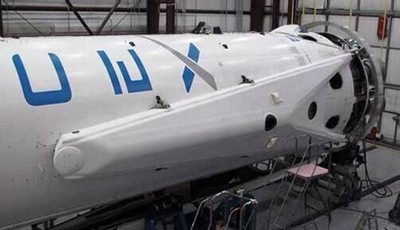A new price point to orbitby Sam Dinkin
|
| The new pricing might open up the settlement of Earth orbit, the Moon, and Mars. |
This probably won’t revolutionize the existing commercial satellite launch market of 10 to 20 satellites per year, which seems like it’s far less than $1 billion per year at SpaceX’s new rack rates, not the $190 billion per year reported in Technology Review this month. Do we need 200 times as many satellites at the new launch prices?
The new pricing might open up the settlement of Earth orbit, the Moon, and Mars. A Falcon Heavy can throw 7,500 kilograms at Mars. A reusable Falcon Heavy might manage 5,000 kilograms, or $1,400–1,900 per kilogram to Mars (about one sixth of that payload). That’s only two to three times the $750 per kilogram previously estimated here for the Mars Colonial Transport System, with a Saturn-V-like payload capacity of twice the Falcon 9 Heavy, and maybe eight times payload of the reusable Falcon Heavy for a reusable Mars Colonial Transport System Heavy (see “Elon’s elan”, The Space Review, February 24, 2014).
When Jefferson made the Louisiana Purchase in 1803 for $15 million, that was about 3% of US nominal GDP. The Mars surface has about 70 times the area of the Louisiana Purchase. If we spent 3% of our $17 trillion nominal GDP today, that would be $500 billion. That’s enough to launch 1.7 billion to 2.5 billion kilograms to orbit on reusable Falcon Heavies—25-35 Battleship Yamatos.
